Rising Construction Activities
The air handling-units market is experiencing a boost due to the rising construction activities across South Korea. With urbanization and infrastructure development on the rise, there is a growing demand for efficient air handling systems in new buildings. The construction sector is projected to grow by 8% in 2025, leading to an increased need for air handling units that can cater to modern building requirements. This trend is particularly evident in commercial spaces, where the integration of advanced HVAC systems is becoming a standard practice. Consequently, manufacturers are focusing on producing units that are not only efficient but also adaptable to various building designs, thereby enhancing their market presence.
Regulatory Compliance and Standards
The air handling-units market in South Korea is increasingly influenced by stringent regulatory compliance and standards aimed at improving indoor air quality and energy efficiency. The government has implemented various regulations that mandate the use of energy-efficient systems in commercial and residential buildings. This regulatory environment encourages manufacturers to innovate and develop advanced air handling units that meet these standards. As a result, the market is witnessing a shift towards products that not only comply with local regulations but also enhance energy savings. In 2025, it is estimated that compliance with these regulations could drive a market growth of approximately 15%, as businesses seek to avoid penalties and improve their operational efficiency.
Increased Awareness of Indoor Air Quality
There is a growing awareness among consumers and businesses regarding the importance of indoor air quality, which is significantly impacting the air handling-units market. As health concerns related to air pollution and allergens rise, the demand for air handling units that can effectively filter and purify air is increasing. In South Korea, studies indicate that approximately 70% of consumers prioritize air quality in their purchasing decisions. This heightened awareness is prompting manufacturers to innovate and offer products equipped with advanced filtration technologies. The market is likely to see a surge in demand for such units, potentially increasing sales by 20% in the coming years.
Technological Advancements in HVAC Systems
Technological advancements are playing a crucial role in shaping the air handling-units market. Innovations such as variable refrigerant flow systems, IoT integration, and smart controls are enhancing the efficiency and functionality of air handling units. In South Korea, the adoption of smart technology in HVAC systems is expected to grow by 25% by 2025, as consumers seek more control over their indoor environments. These advancements not only improve energy efficiency but also provide users with real-time data on air quality and system performance. As a result, manufacturers are investing in research and development to create cutting-edge products that meet the evolving needs of the market.
Sustainability and Green Building Initiatives
Sustainability is becoming a key driver in the air handling-units market, particularly with the rise of green building initiatives in South Korea. The government is promoting eco-friendly construction practices, which include the use of energy-efficient air handling units. This trend is likely to gain momentum, as more developers aim for certifications such as LEED and BREEAM. In 2025, it is anticipated that the demand for sustainable air handling solutions will increase by 30%, as businesses and consumers alike prioritize environmental responsibility. Manufacturers are responding by developing products that not only meet energy efficiency standards but also utilize sustainable materials, thereby aligning with the broader goals of reducing carbon footprints.


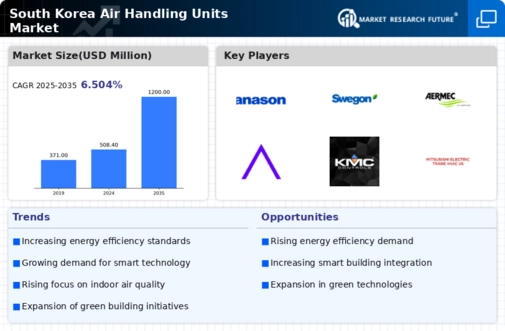

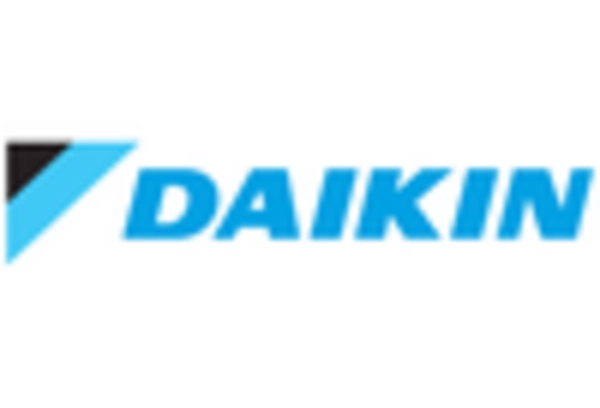
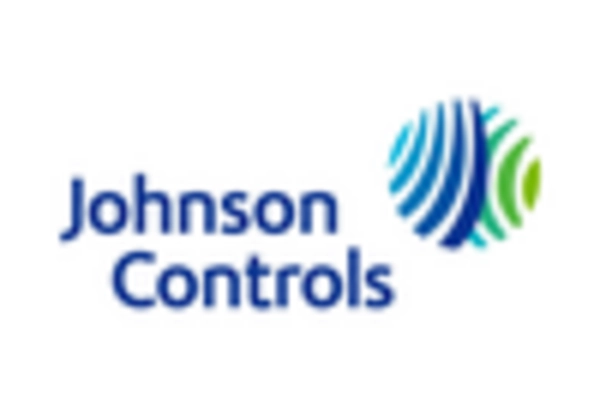
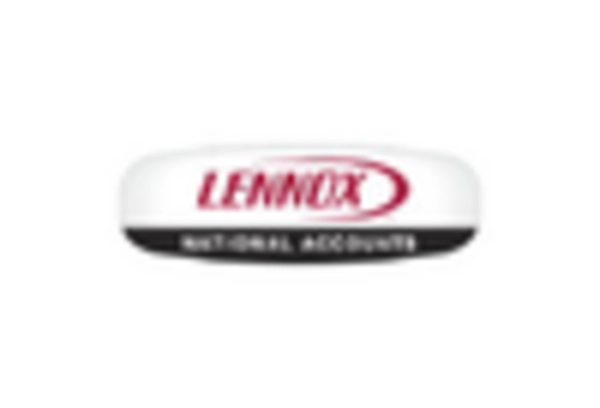
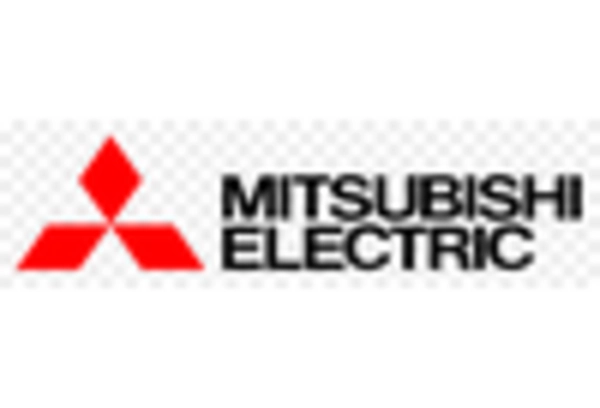
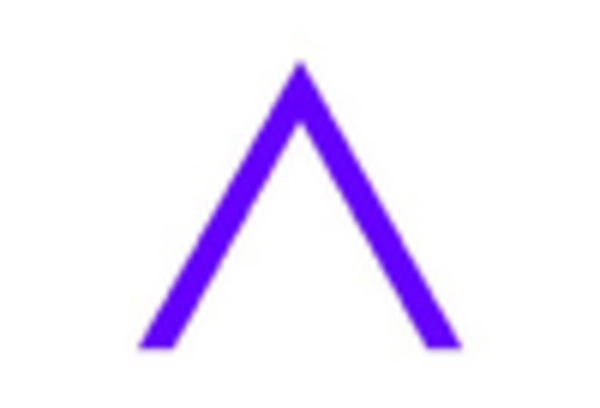








Leave a Comment